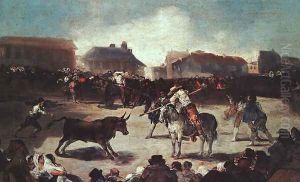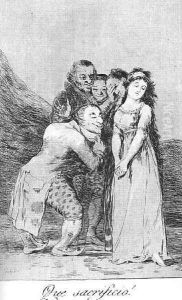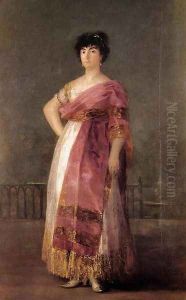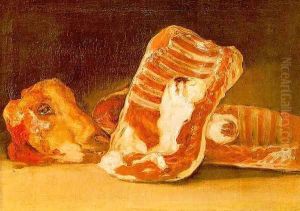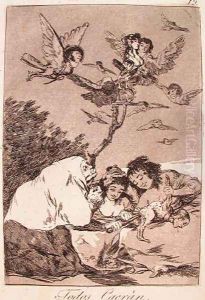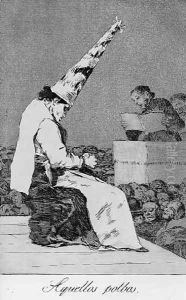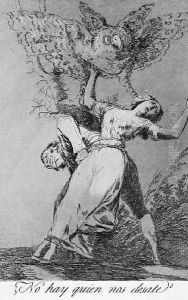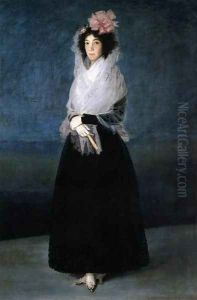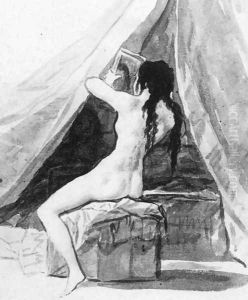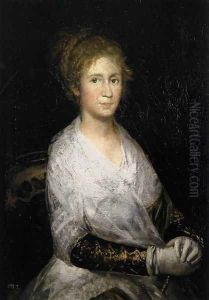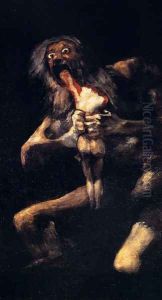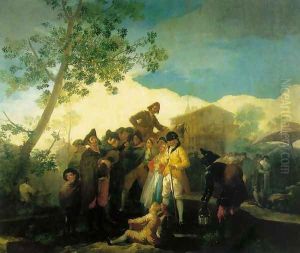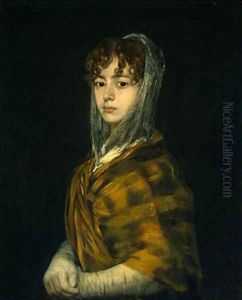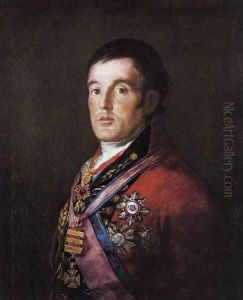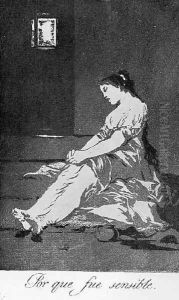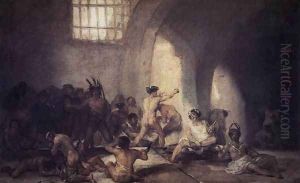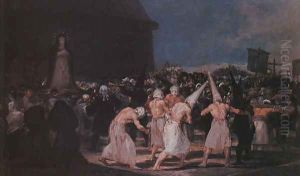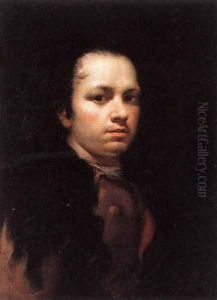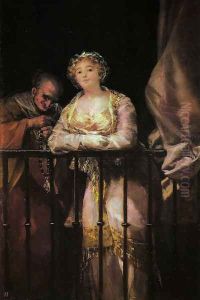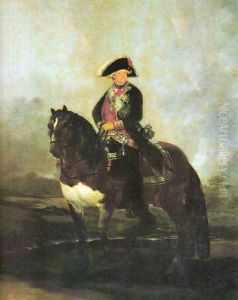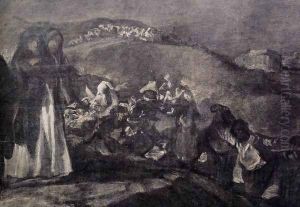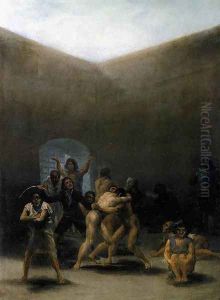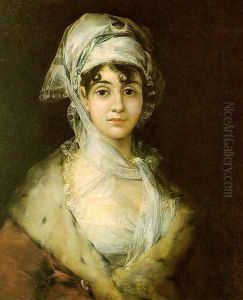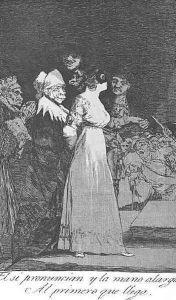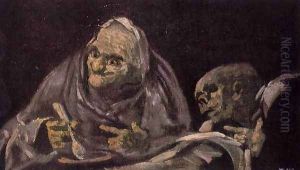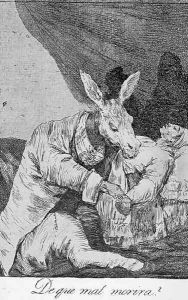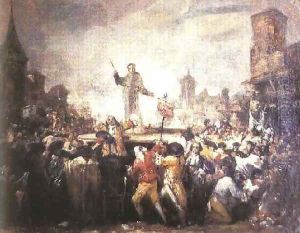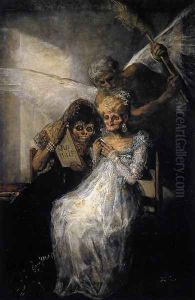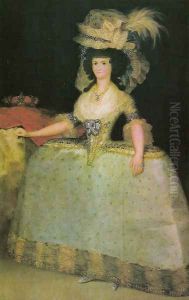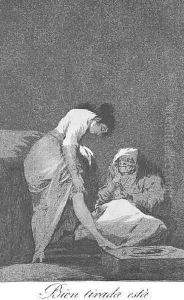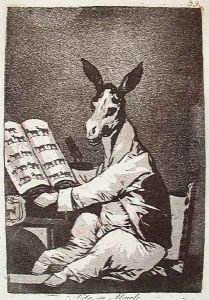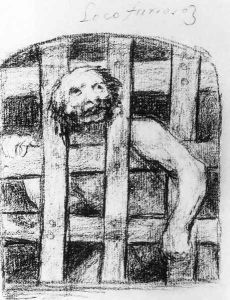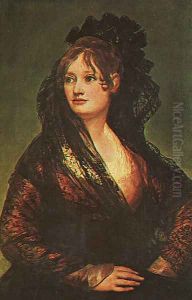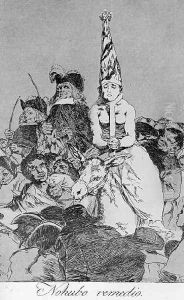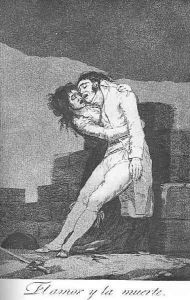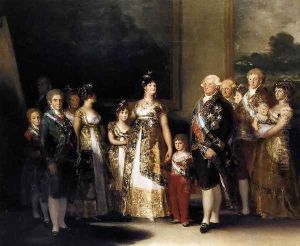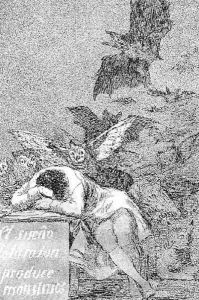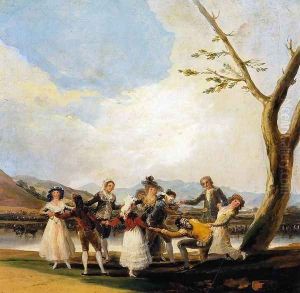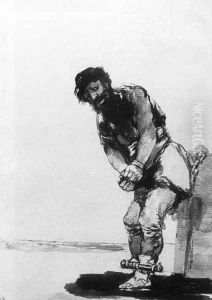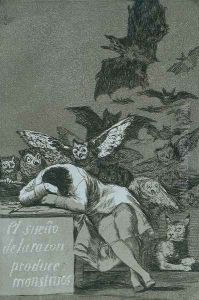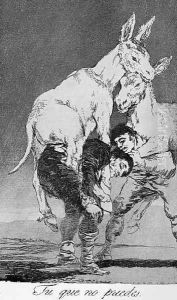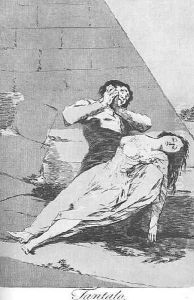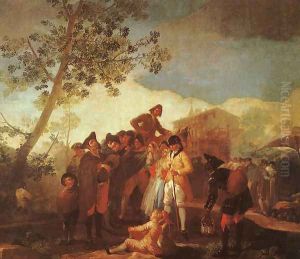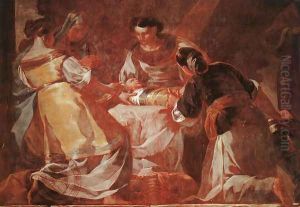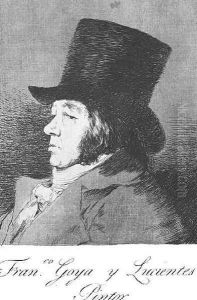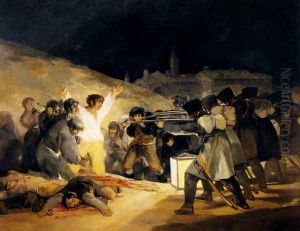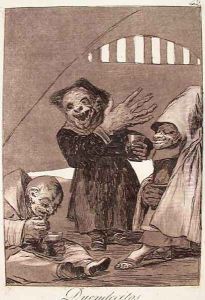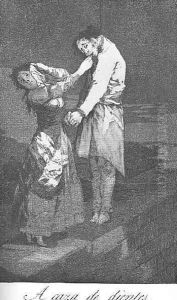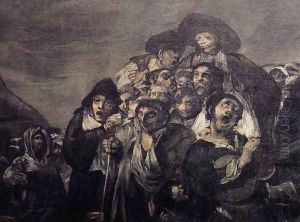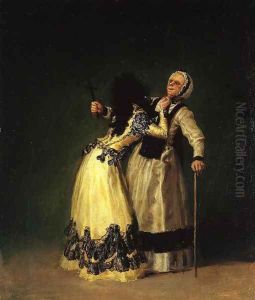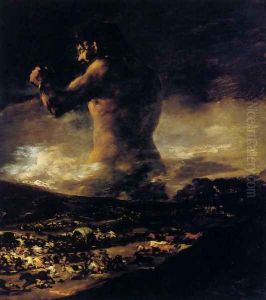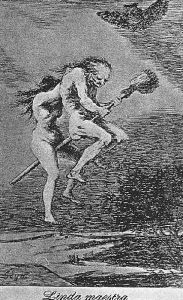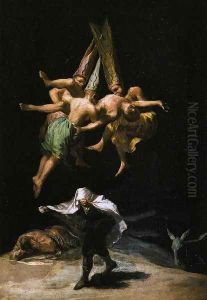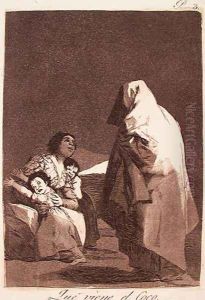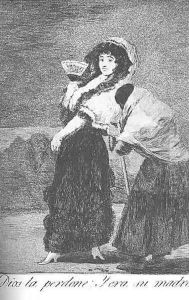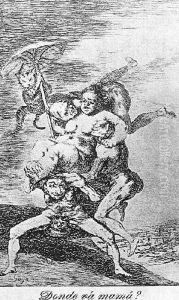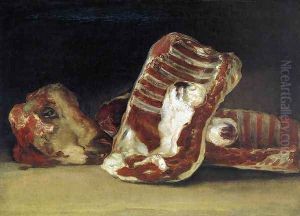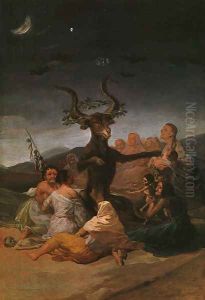Francisco De Goya y Lucientes Paintings
Francisco José de Goya y Lucientes, born on March 30, 1746, in Fuendetodos, Spain, is regarded as one of the most important Spanish artists of the late 18th and early 19th centuries. His work is often seen as a bridge between the Old Masters and the modern era. Goya's career was marked by a dramatic evolution in style and subject matter, reflecting not only his personal growth but also the turbulent social and political changes of his time.
Initially, Goya's work was deeply rooted in the Rococo style, characterized by its light, playful subjects and decorative qualities. He gained early recognition for his designs for the Royal Tapestry Factory in Madrid, where his charming and detailed scenes of everyday life won him the patronage of the Spanish crown. By the 1780s, Goya had become a court painter, and his portraits of the Spanish royalty and nobility are notable for their psychological depth and realism, a significant departure from the idealized portraits of his predecessors.
However, it was during the later stages of his career that Goya's work took a darker turn. The Peninsular War (1808–1814) and the subsequent political upheaval deeply affected him. His series of etchings, 'The Disasters of War' (1810–1820), unflinchingly documents the horrors of conflict and the suffering of the people. These works are remarkable for their raw emotional power and their critical perspective on the brutality of both war and the social and political systems that propagate it.
Goya's later works, including the 'Black Paintings'—a series of murals painted directly onto the walls of his house, Quinta del Sordo—are characterized by their haunting, nightmarish imagery, exploring themes of madness, fantasy, and the grotesque. These paintings, removed from the walls and transferred to canvas after his death, are seen as precursors to modernist art due to their expressive use of paint and their exploration of psychological depth.
Goya's influence on the art world is vast. His ability to capture the human condition in all its complexity, coupled with his innovative techniques and bold use of color, has inspired countless artists. His works are preserved in major museums around the world, including the Prado Museum in Madrid, which houses the most extensive collection of his paintings. Goya died on April 16, 1828, in Bordeaux, France, having spent the last years of his life in self-imposed exile due to his disillusionment with the political situation in Spain. His legacy endures as a pivotal figure in the transition from the traditional to the modern in the history of art.
